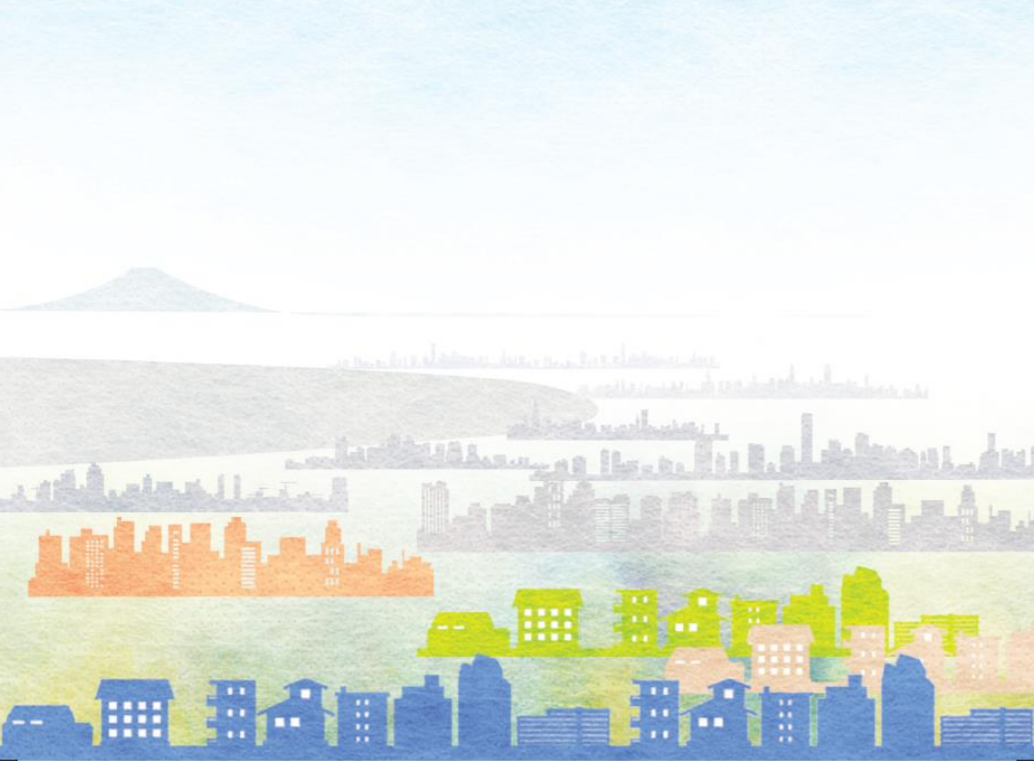Index Based Livestock Insurance (IBLI) 07
The previous essay https://apsf.jp/en/2021/02/02/everyday-policy-studies-no-en28/ reviews Jensen, Barrett, and Mude (2017) as the second paper among the nine papers on impacts of IBLI. Instead of continuing to review the remaining papers on the impacts, we will start reviewing papers on uptake of IBLI.
Takahashi et al. (2016) study the determinants of IBLI uptake in the first two sales periods in Borena, Ethiopia. The number of sample households is 474. 30% of the households purchased IBLI in the first sales period in August-September 2012. 18% of the household purchased IBLI in the second sales period in January-February 2013. Insurance coverage period is a year but 5% of the households purchased IBLI in the both sales periods. This complication is due to the fact that one does not have to insure all of her livestock (and even she does not have to prove that she has livestock). Due to this contract feature, she can purchase insurance for some of her livestock in August-September 2012 and she can purchase another insurance in January-February 2013 although her first insurance is still valid and will expire in September 2013.
Uptake of index insurances has been low despite of enthusiasm in development industry and the numbers of IBLI uptake above are comparable to or even larger than other index insurances. What disappointed us more was that policy holders insured only 2.7 tropical livestock unit (TLU) on average although the 474 sample households have 14.7 TLU on average. That is, the policy holders insure only 18% (= 2.7 / 14.7) of their livestock. 1 TLU is equivalent to 1 cow, 0.7 camel, 10 goats or 10 sheep.
In order to study not only correlation between household characteristics and IBLI uptake but also some determinants/causes of IBLI uptake, we generated external variation in price and knowledge of IBLI by some experimental tools. The first tool is insurance premium discount coupon, which we have already reviewed in one of the previous essays. The second one is comic, with which insurance extension agents can introduce IBLI to our sample households and the households can review by themselves. The third one is skit tape, with which insurance extension agents can play audio skit and introduce IBLI to our sample households though the audio skit. By randomizing provision of these 3 tools, we can generate external variation in potential determinants of uptake. Discount coupons allow us to study causality from insurance premium price to uptake and the all three tools allow us to study causality from knowledge to uptake.
Takahashi et al. (2016) find the following. First, comic and skit tape improve knowledge of IBLI but the knowledge does not increase uptake. Second, lower insurance premium increases uptake as expected and insurance demand is sensitive to price. Third, lower insurance premium in the first sale period and increase in insurance premium from the first to second sale period do not decrease uptake in the second sale period. This implies that a policy encouraging uptake by subsidizing insurance premium and let potential policy holders learn the benefit of the insurance can be effective since it will not decrease uptake in the future when the subsidy is decreased or removed.
In the next essay, we will review a paper or two which study IBLI uptake in a longer time span.
Reference
Jensen, N. D., Barrett, C. B., and Mude, A. (2017). “Cash Transfers and Index Insurance: A Comparative Impact Analysis from Northern Kenya.” Journal of Development Economics, 129, 14–28.
Takahashi, K., Ikegami, M., Sheahan, M., and Barrett, C. B. (2016). “Experimental Evidence on the Drivers of Index-Based Livestock Insurance Demand in Southern Ethiopia.” World Development, 78, 324-340.
(Author: Munenobu Ikegami)
